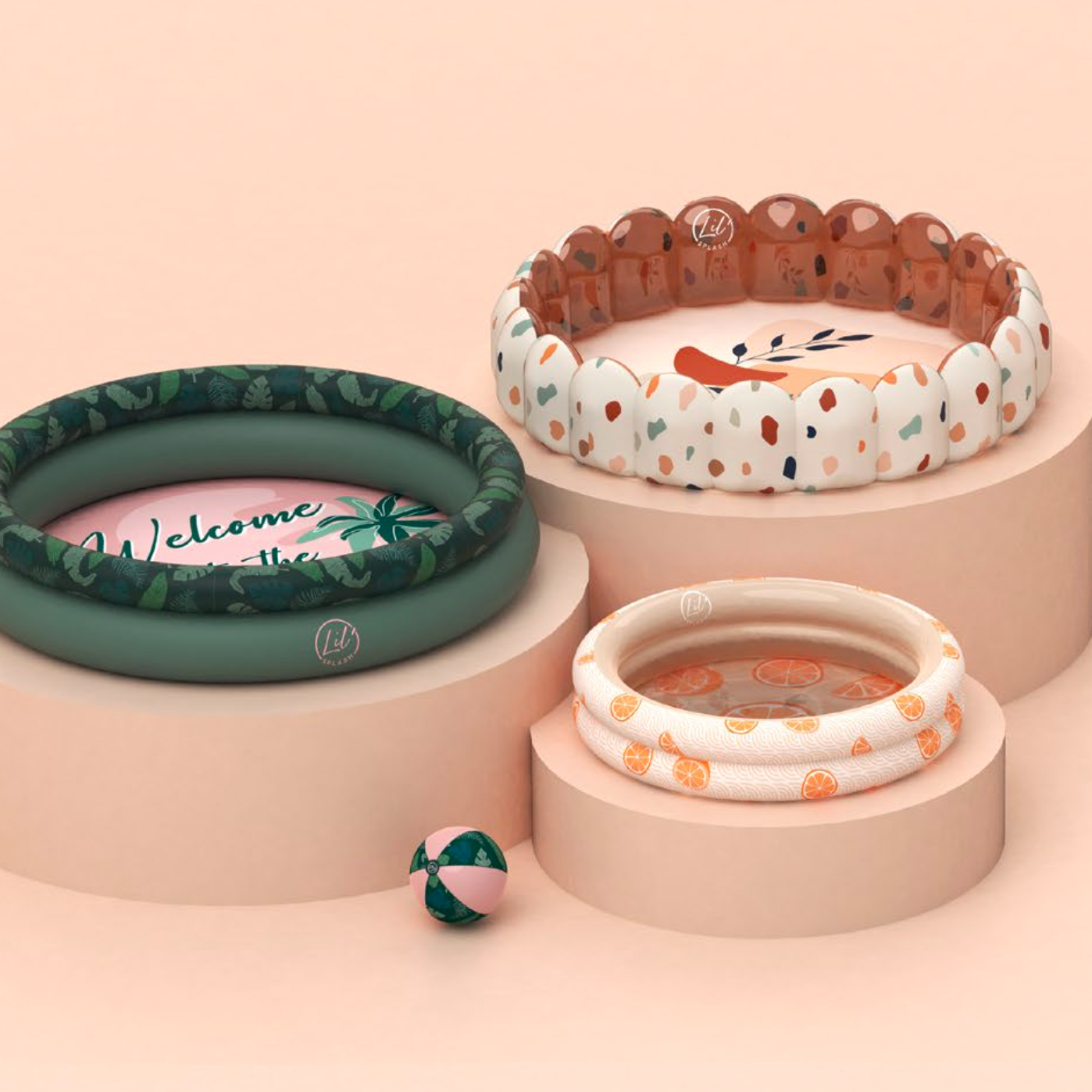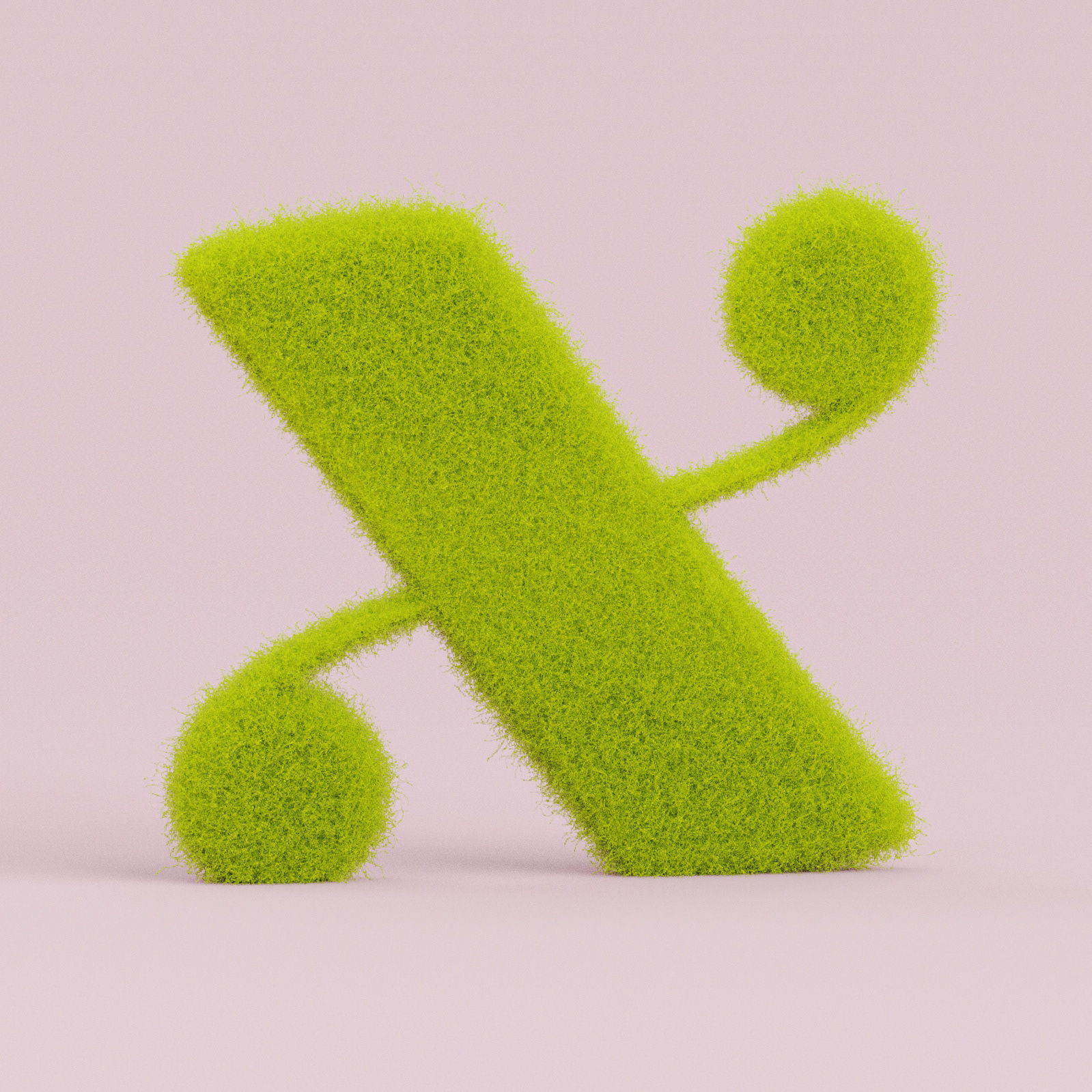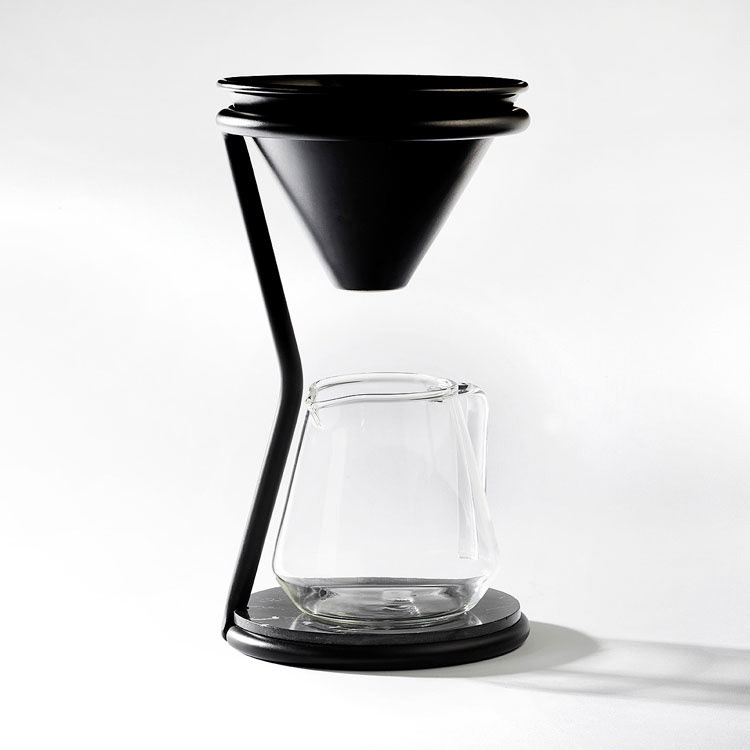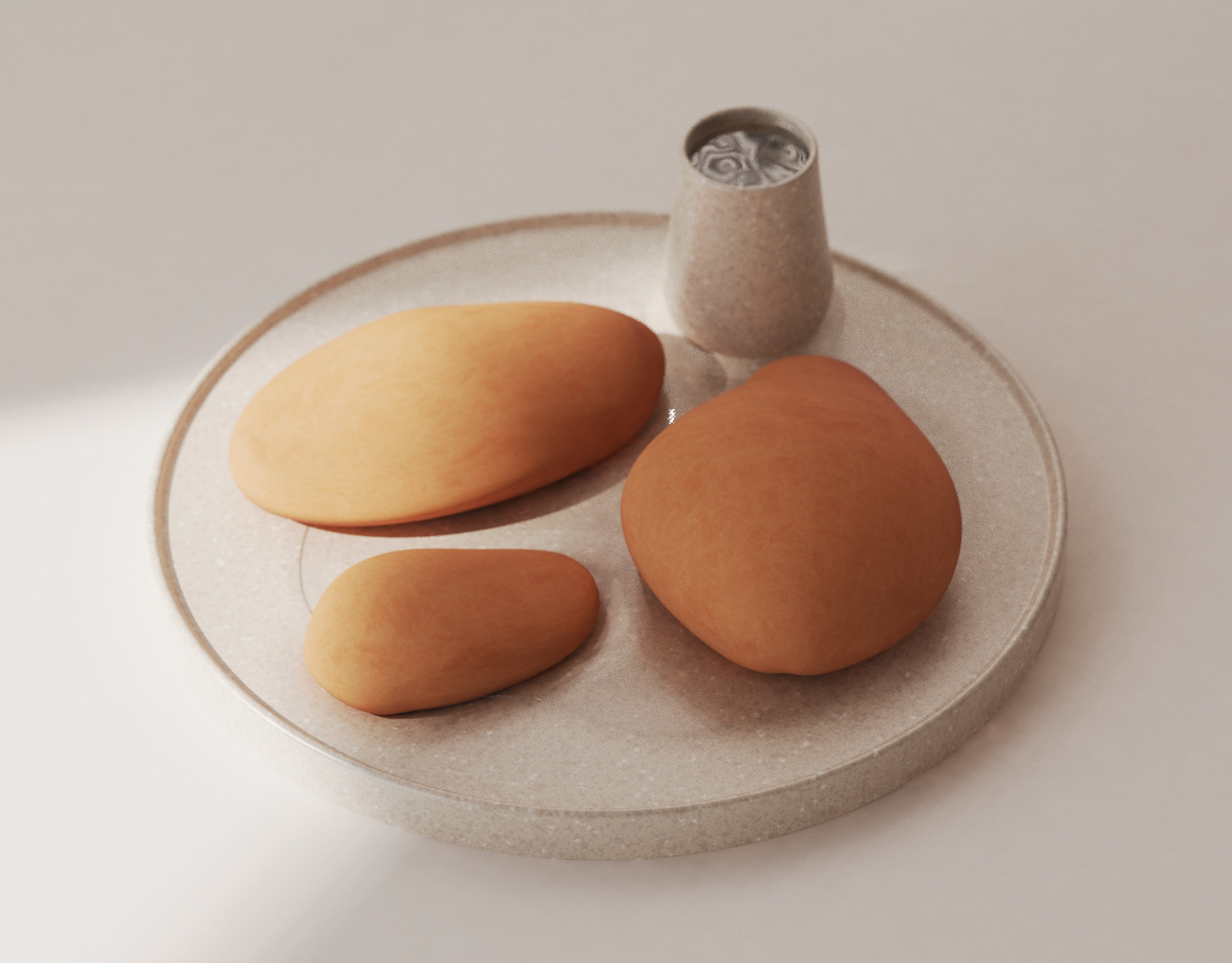Helio is a smart bedside lamp that improves the sleep of people with dementia by easing the transition from day to night. It simulates dusk & dawn through slow light transitions. The companion app lets caregivers set the sleeping schedule as well as check on the sleeping patterns of the person in care.
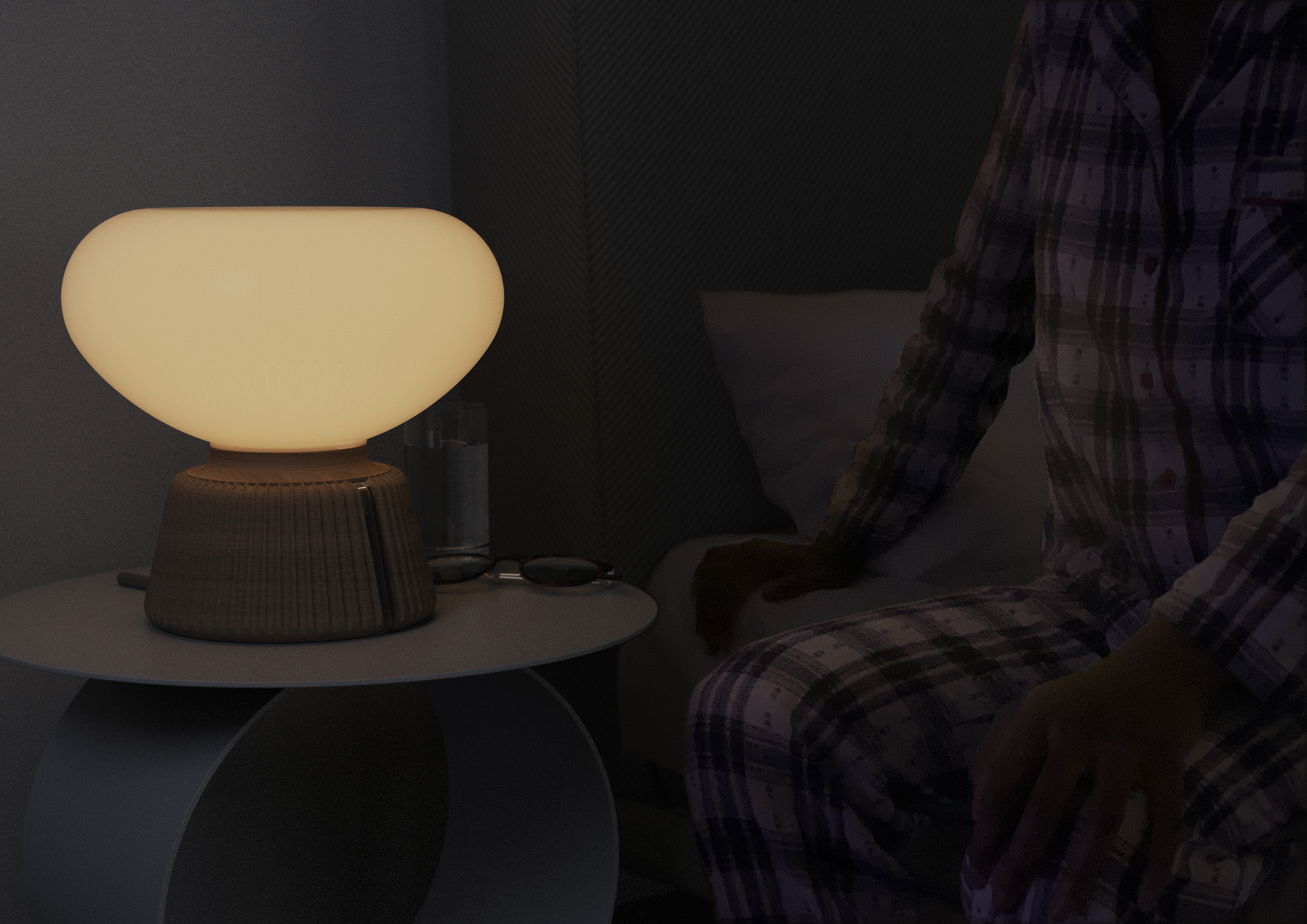
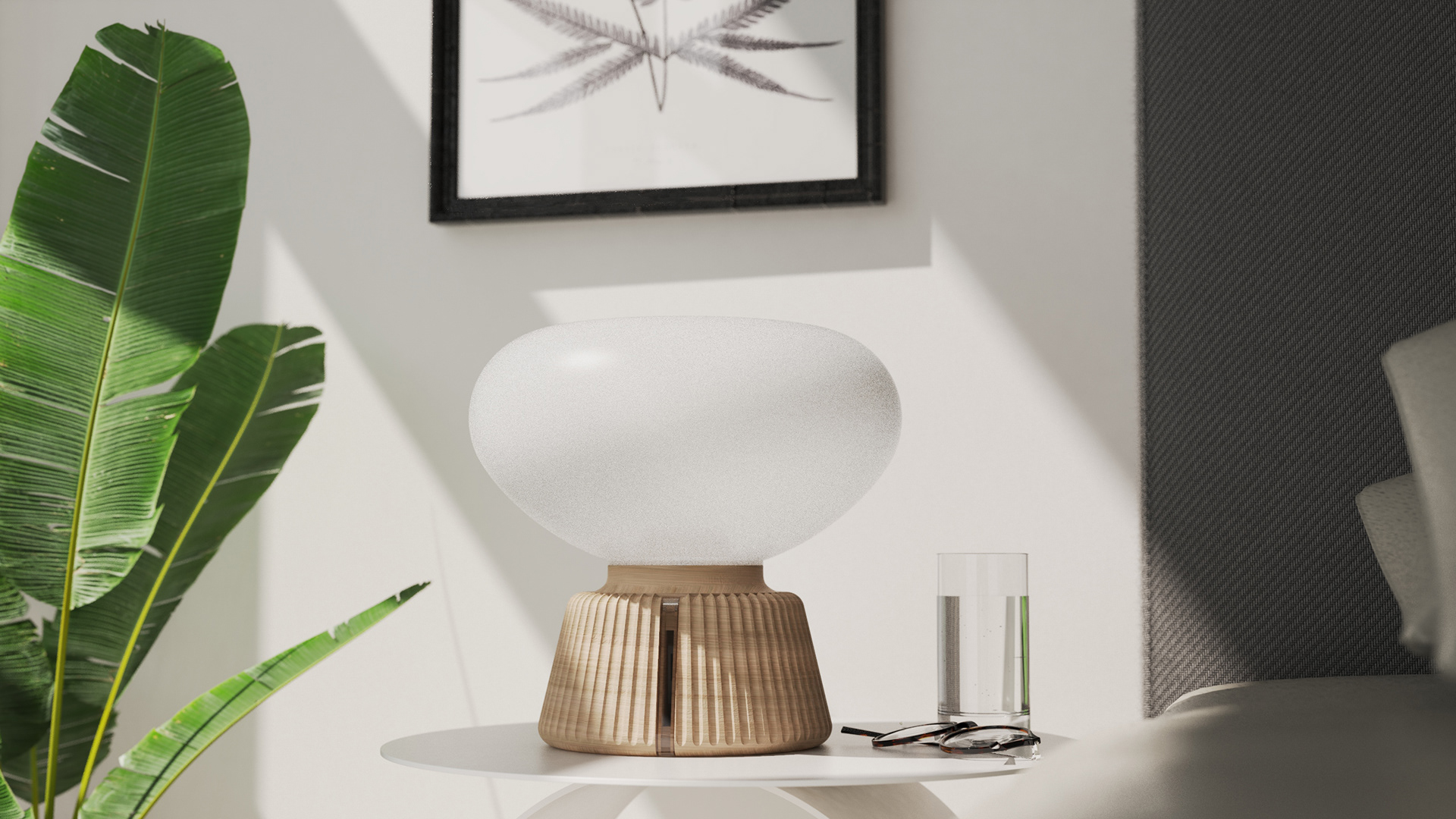
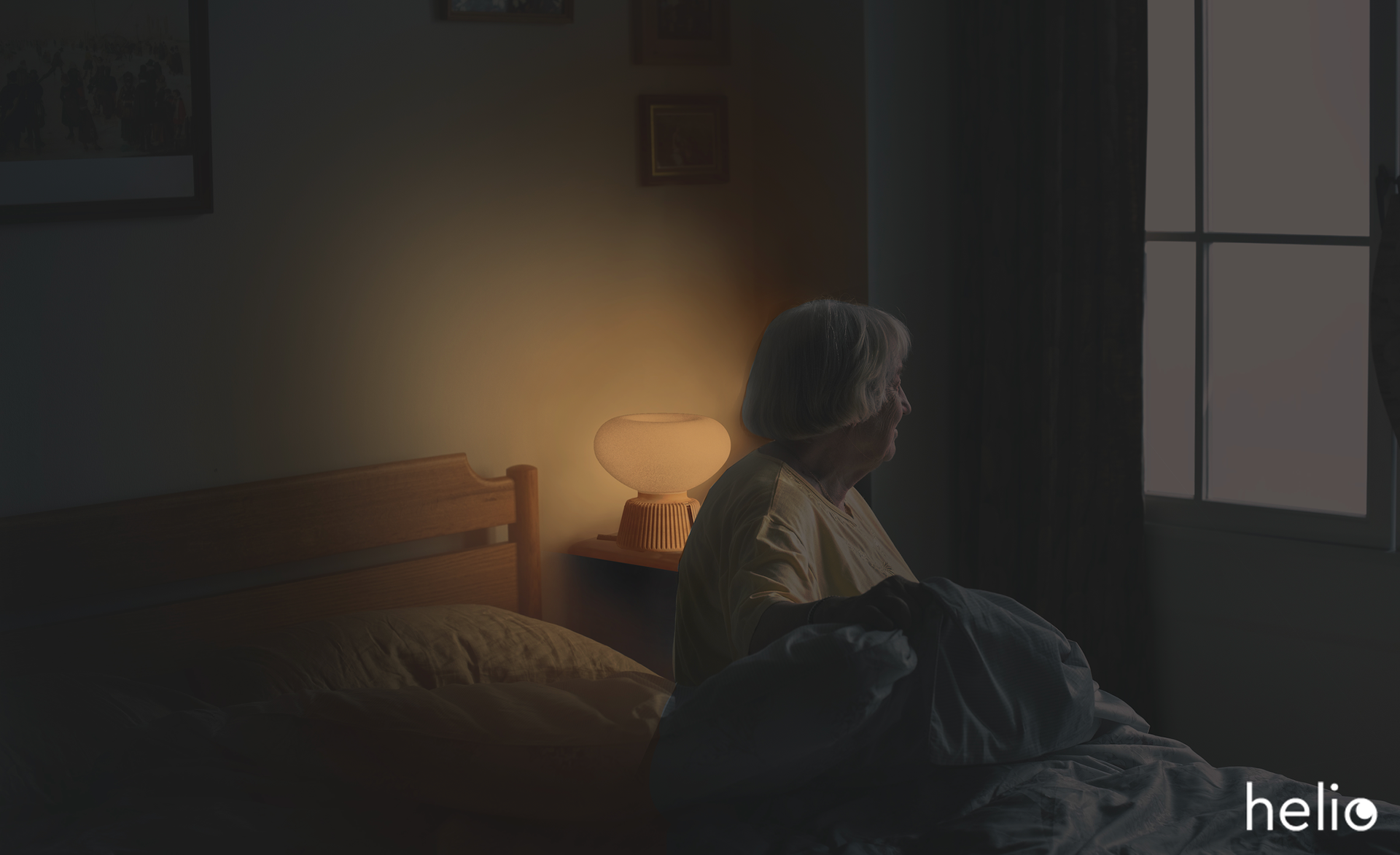
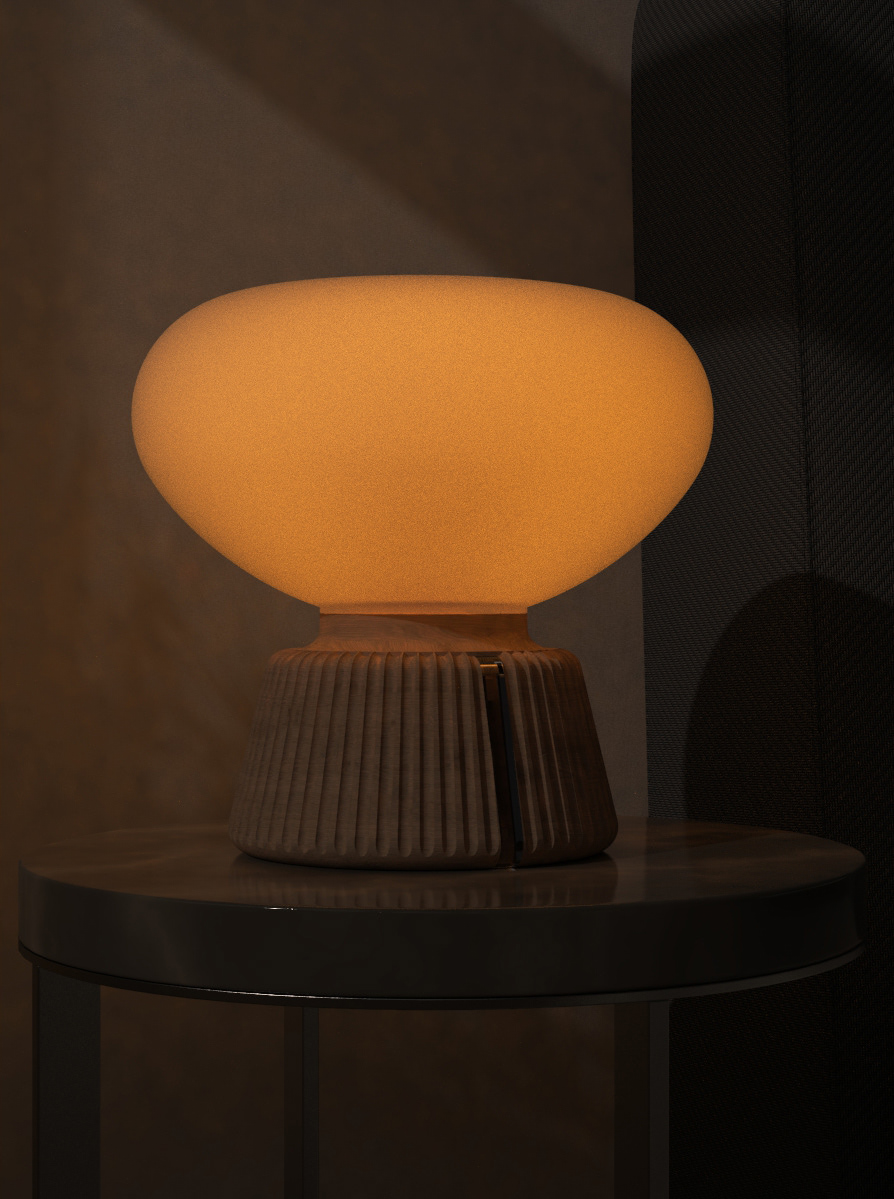
Research
Many people with dementia suffer from severe sleeping problems and sundowning (a condition where people grow more restless and agitated towards the end of the day). This does not only affect the physical and mental health of the care recipient but also of the family caregiver.
There are 850,000 people with dementia in the UK. This will increase to over one million by 2025 and over two million by 2050.
Sleep disturbance may affect up to 25% of people with mild to moderate dementia and 50% of people with severe dementia.
A Day in A Life
Jen (31) cares for her mother who suffers from dementia
One of Jen’s major pain points is the uncertainty she feels about her mothers safety at night
“Mum seems to sleep a lot and has trouble in telling the time at night, resulting in making phone calls or getting up far too early.”
-Amanda, Millennial Caregiver
Dusk & Dawn Light Therapy
Light Therapy that simulates dusk and dawn can help people fall asleep more easily at night and makes it more comfortable for them to wake up in the morning (Especially in the winter time). The light transitions give the body a subconscious signal that it is time to sleep/go to bed. This kind of therapy also creates a routine for the user that helps them have a deeper sleep.
Insights
Visual Language
Sketching
Model Making
Experimenting with different kinds of light diffusers to see how light behaves.
Form development of the Lamp using cardboard modelling. Choosing a radial light for even light distribution and to minimise harsh shadows.
Using CAD to experiment with different shapes.
The Design
The lampshade gives the light a radial glow to avoid harsh shadows. Helios visual language aims to be decorative yet simplistic in order to not confuse or distract people with dementia. The form and shape communicates friendliness and softness.
Exploded View
The motion sensor, located in the font of the lamp, will turn on the light at night if the person in care should get out of bed for safety. The subtle power button is located in the back, so that the person in care doesn’t turn the lamp off at some point.
Materials
Tinted Beech wood (natural finish) for the base of the lamp.
Braided cloth cover (light beige) for the power cable
Recycled Polycarbonate (Glossy finish, semi translucent) for the sensor covering and
recycled Polycarbonate (Satin finish, semi translucent) for the lamp shade
Storyboard
How the Helio Lamp creates value for care receivers and caregivers
The App
A companion app lets caregivers set the sleeping schedule and check on the sleeping patterns of the person in care and provides alerts, should the person in care get up at night. This real time information helps the caregiver feel at ease during the night.
Perfecting the Sleep Experience
The the overall sleep experience can be improved by connecting Helio with other smart devices. The sleep analysis can be more refined by connecting a Fitbit or smart watch to the Helio app.
